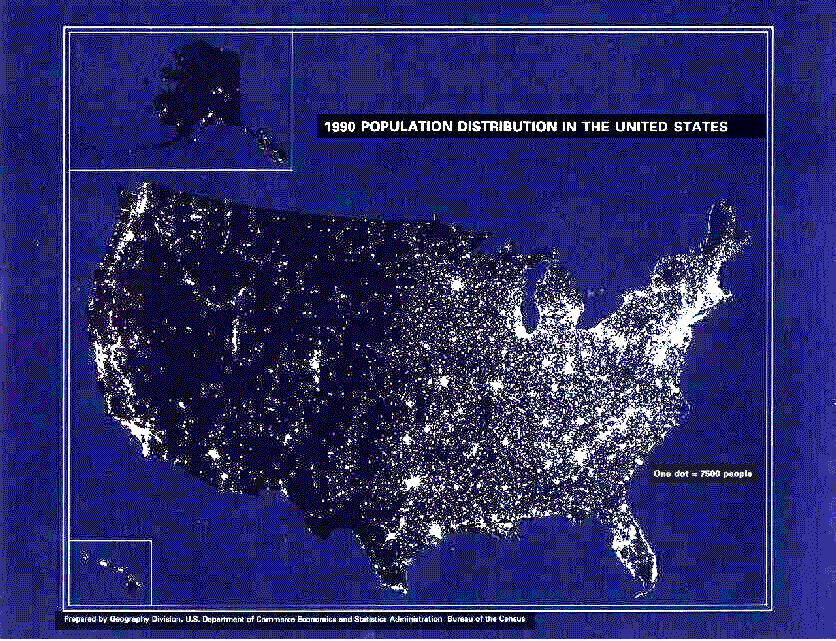| Their most numerous primary pathologies at time of death were: | |
|---|---|
| heart disease | (720,000), |
| cancer | (500,000), |
| cerebro-vascular disease | (144,000), |
| accidents | (92,000), |
| chronic obstructive pulmonary disease | (87,000), |
| pneumonia and influenza | (80,000), |
| diabetes mellitus | (48,000), |
| suicide | (31,000), |
| chronic liver disease and cirrhosis of the liver | (26,000), |
| AIDS , rapidly increasing from year to year | (25,000). |
| The largest contributors to decease were: | |
|---|---|
| tobacco | (400,000), |
| diet and inactivity | (300,000), |
| alcohol | (100,000), |
| microbial agents | (90,000), |
| toxic agents | (60,000), |
| fire arms | (35,000), |
| unguarded sexual behavior | (30,000), |
| motor vehicles | (25,000) |
| , and use of illicit drugs | (20,000). |
